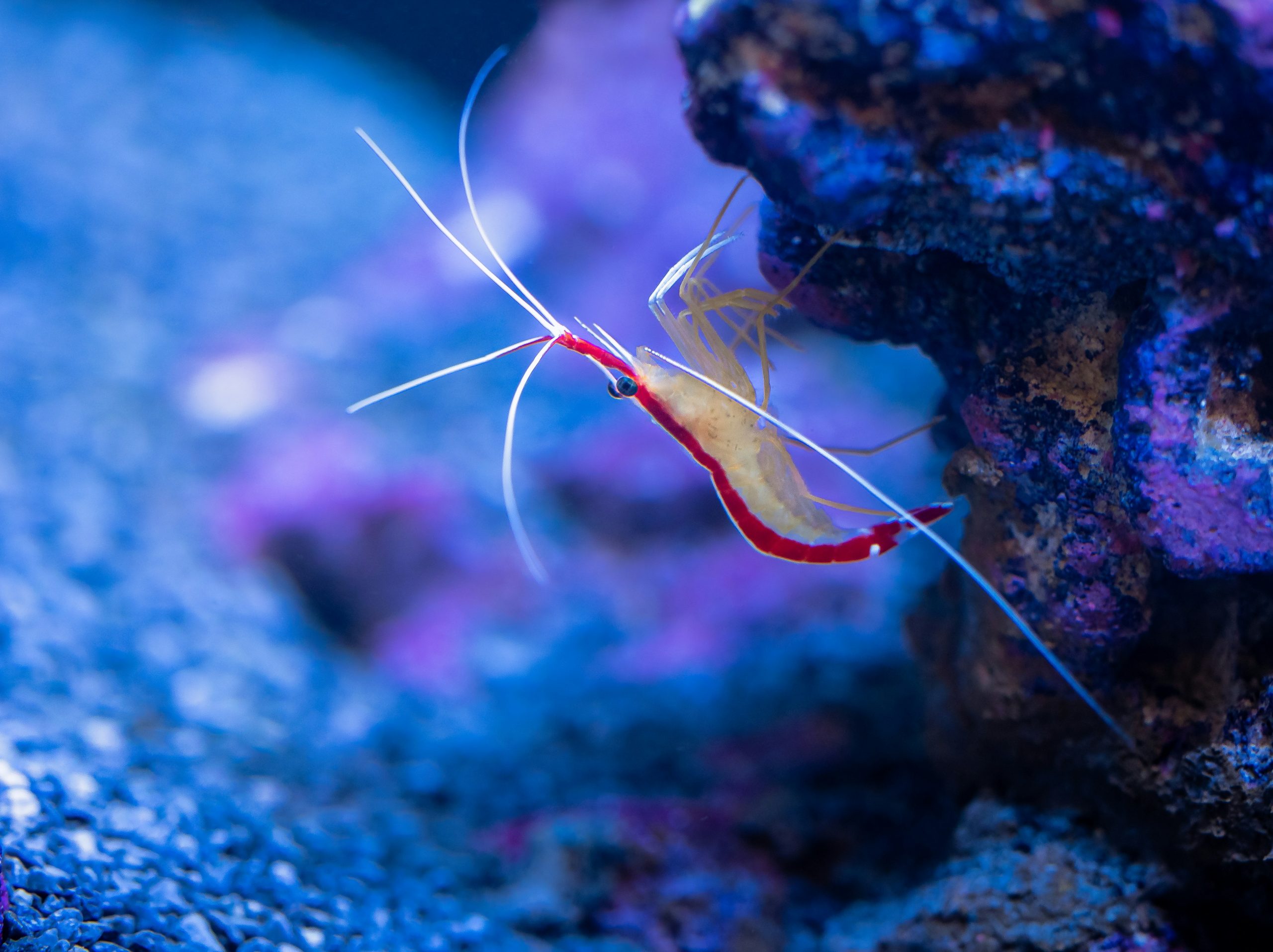Table of Contents
![]()
When setting up an aquarium, one of the crucial decisions to make is selecting the right substrate. Substrate not only affects the aesthetic appeal of your tank but also impacts the health of its inhabitants and the ease of maintenance. Two popular options are sand and gravel. Each has its advantages and drawbacks, which can significantly influence your aquarium’s ecosystem. This article explores the pros and cons of using sand versus gravel as aquarium substrate to help you make an informed decision.
Sand Substrate
Pros
1. Aesthetics Sand provides a natural look that can enhance the visual appeal of your aquarium. For marine setups or tanks with species from sandy environments, such as desert-dwelling fish, sand can create a more authentic and visually pleasing habitat. It complements the look of certain types of fish and invertebrates, such as wrasses and gobies, which are accustomed to sandy bottoms.
2. Beneficial for Certain Species Sand is especially beneficial for bottom-dwelling fish and invertebrates that sift through the substrate. Species like catfish, certain cichlids, and shrimp often prefer or thrive in sandy environments. The fine texture of sand allows these creatures to dig and forage as they would in their natural habitats, promoting their overall well-being.
3. Easier on Delicate Species Fish with delicate fins or bodies are less likely to suffer injuries from sand compared to rough or sharp gravel. This makes sand a safer choice for species sensitive to substrate-related injuries.
4. Helps in Oxygenation When used with a fine sand filter, sand can assist in maintaining better oxygen flow within the substrate. This helps in preventing anaerobic pockets from forming, which can lead to harmful gas buildup and negatively impact water quality.
Cons
1. Maintenance Challenges Sand can become compacted over time, leading to poor water circulation and anaerobic conditions beneath the surface. This compaction can trap detritus and uneaten food, resulting in an increased maintenance burden to prevent the buildup of harmful substances.
2. Cleaning Difficulties Vacuuming sand requires special techniques or equipment. Standard gravel vacuums are less effective, and care must be taken to avoid disturbing the sand too much. Special sand vacuums or siphons are often needed to clean the substrate without causing cloudiness.
3. Potential for Sand Clouding During the initial setup, sand can cause the water to become cloudy. While this is usually temporary, it can be a concern for aquarium enthusiasts who prefer immediate clarity. Adequate rinsing and allowing the sand to settle can mitigate this issue.
Gravel Substrate
Pros
1. Ease of Maintenance Gravel is generally easier to maintain compared to sand. Its larger particles do not compact as easily, which allows for better water circulation. Standard gravel vacuums are effective at removing waste and debris from the substrate, making routine cleaning more straightforward.
2. Variety and Aesthetics Gravel is available in a wide range of colors and sizes, offering numerous aesthetic possibilities. Whether you prefer a natural look or a more vibrant and decorative appearance, gravel can be tailored to suit various aquarium themes and personal preferences.
3. Beneficial for Beneficial Bacteria Gravel provides a larger surface area for beneficial bacteria, which play a crucial role in biological filtration. These bacteria help break down harmful substances such as ammonia and nitrites, contributing to a healthier aquarium environment.
4. Stable Placement Gravel tends to remain in place better than sand, reducing the likelihood of substrate displacement during cleaning or due to the activities of fish and other aquatic creatures. This stability can be advantageous for setting up decorations and maintaining a consistent aquarium layout.
Cons
1. Potential for Injury Gravel with sharp or rough edges can injure bottom-dwelling fish or invertebrates. Care should be taken to choose gravel with smooth edges to minimize the risk of cuts or abrasions.
2. Increased Waste Visibility Uneaten food and waste are more visible on gravel and can accumulate in the crevices between the particles. This visibility requires more frequent cleaning to prevent waste buildup and maintain water quality.
3. Substrate Movement Larger pieces of gravel may be displaced by certain fish species or during routine maintenance. This movement can lead to an uneven substrate and potentially disrupt the tank’s aesthetic or functional layout.
Comparison Between Sand and Gravel
Suitability for Different Aquatic Species The choice between sand and gravel often depends on the specific needs of your aquarium’s inhabitants. Sand is ideal for species that sift through the substrate or have delicate bodies, while gravel can be suitable for fish that are less likely to be injured by rough surfaces and for setups requiring robust biological filtration.
Ease of Maintenance Gravel generally offers easier maintenance due to its resistance to compaction and the effectiveness of standard cleaning tools. Sand requires more specialized care to avoid compacting and to ensure thorough cleaning.
Aesthetic Preferences The choice between sand and gravel also comes down to personal aesthetic preferences. Sand provides a more natural look for certain setups, while gravel offers a broader range of color and texture options.
Impact on Water Quality Both substrates impact water quality, but in different ways. Sand can trap waste and create anaerobic pockets if not properly maintained, while gravel’s larger surface area supports beneficial bacteria that aid in filtration.
Factors to Consider When Choosing Substrate
Type of Aquarium The type of aquarium—freshwater or saltwater—can influence the choice of substrate. For instance, marine setups might benefit more from sand, while freshwater tanks might have more flexibility.
Species Compatibility Consider the needs of the fish and invertebrates you plan to keep. Some species have specific substrate preferences that can impact their health and behavior.
Maintenance Regimen Assess how much time and effort you are willing to invest in substrate maintenance. Gravel might be a better choice for those seeking lower maintenance, while sand may require more regular attention.
Budget Cost can also be a factor. While both sand and gravel come in various price ranges, budget considerations should align with the overall cost of setting up and maintaining the aquarium.
Conclusion
Choosing the right substrate for your aquarium involves evaluating the pros and cons of sand and gravel in relation to your specific needs and preferences. Sand offers a natural look and benefits certain species but requires careful maintenance. Gravel provides ease of cleaning and supports beneficial bacteria but may pose risks to delicate fish. By considering the factors outlined above, you can select the substrate that best supports the health and aesthetics of your aquatic environment.
Share This





Be the first to comment